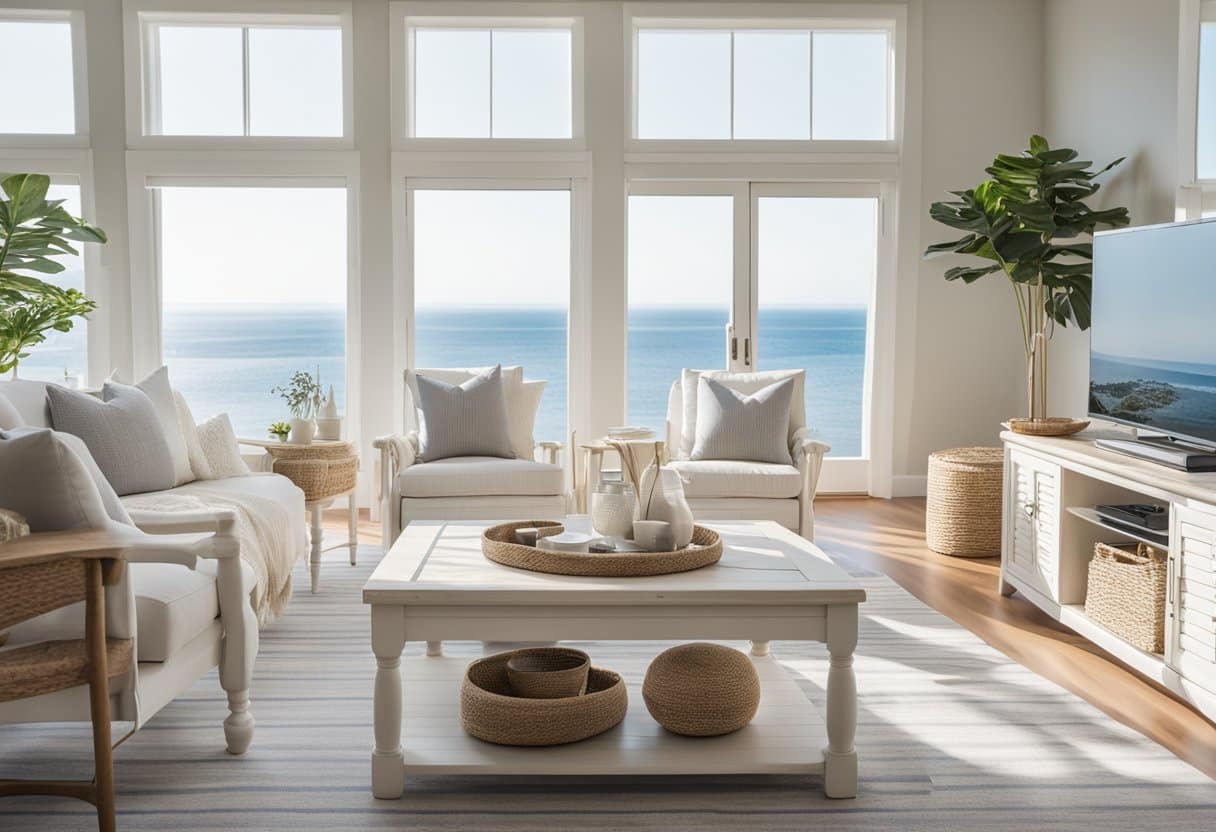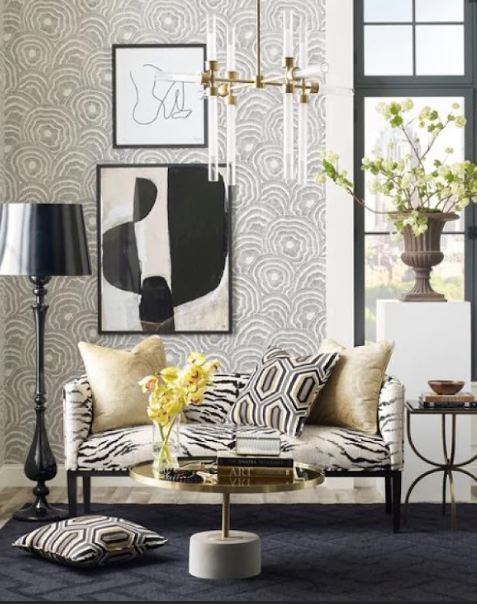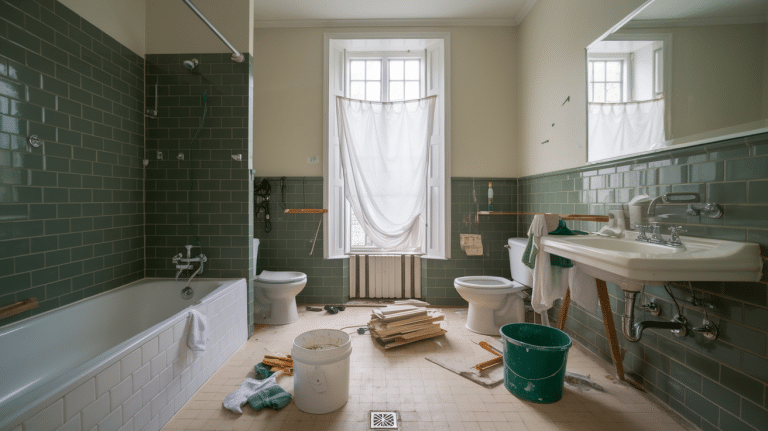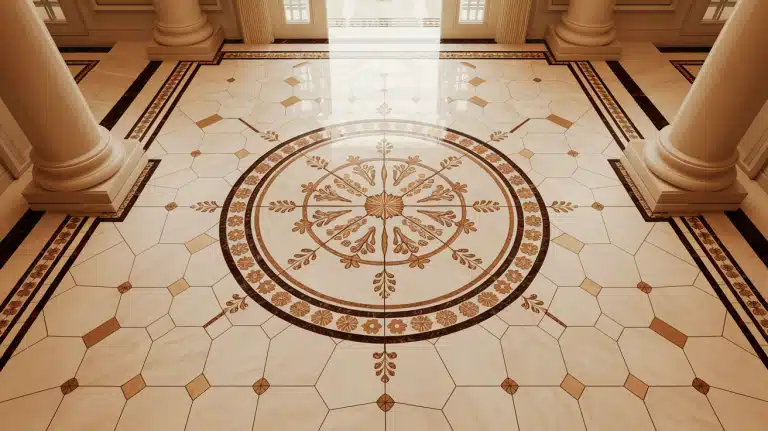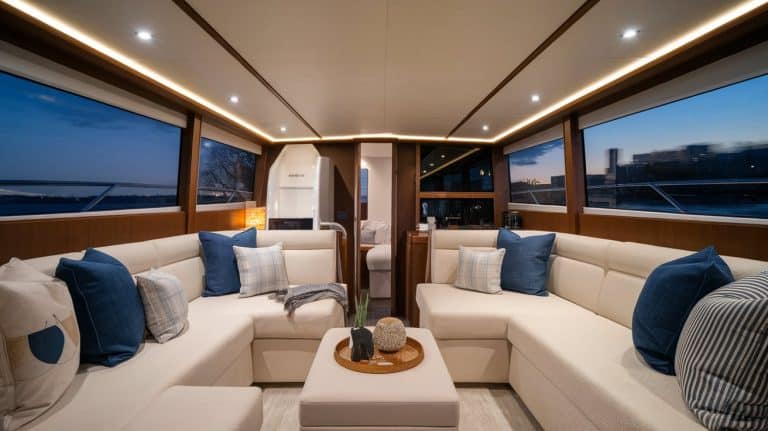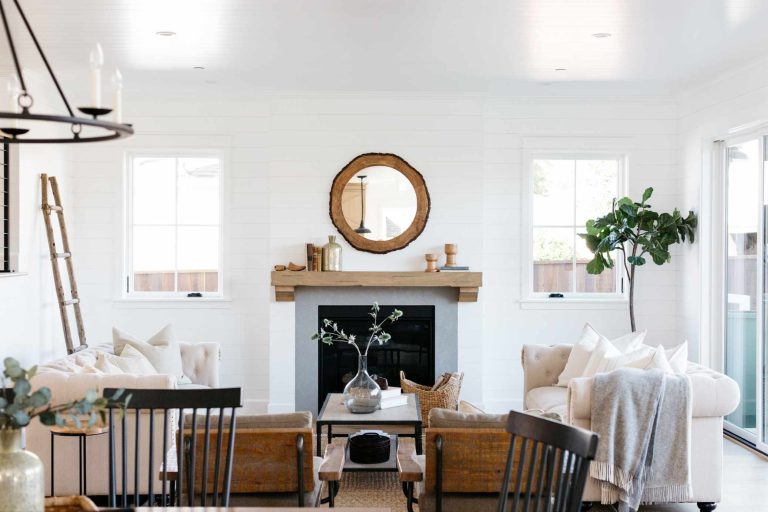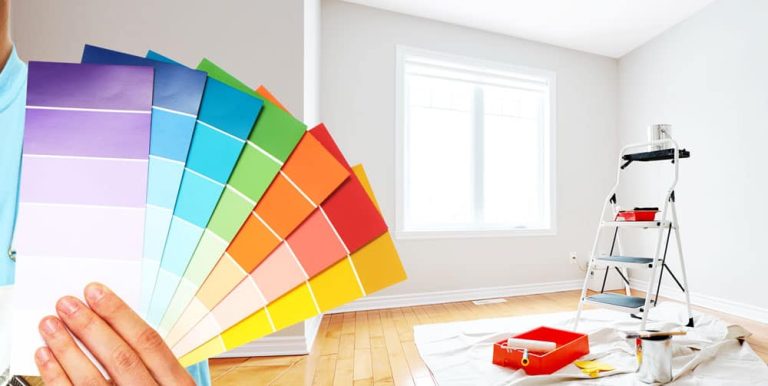What is Coastal-Style Interior Design?
Coastal-style interior design reflects the tranquility and beauty of the seaside, characterized by a light and airy aesthetic. This design approach emphasizes a palette inspired by ocean hues, natural materials, and an overall relaxed atmosphere, making spaces feel open and welcoming. It draws heavily from beachside elements, incorporating textures like driftwood, soft fabrics, and nautical accents.
Color schemes typically feature shades of blue, sandy beige, and crisp whites, evoking the feel of a coastal retreat. This style often includes large windows that invite natural light and enhance the connection to the outdoors. Coastal interiors prioritize comfort and functionality, creating spaces that are both stylish and serene.
Incorporating coastal elements into home decor can rejuvenate living spaces, bringing a sense of calm to everyday life. The combination of minimalism and warmth in coastal design allows for a versatile and timeless aesthetic that appeals to many homeowners.
Defining Coastal-Style Interior Design
Coastal-style interior design draws inspiration from the beauty of seaside living. It embodies a relaxed, airy aesthetic that reflects oceanic views and natural surroundings. Several key characteristics encompass the essence of this style, including its unique color palette and the materials used in the design.
Key Characteristics
Key elements of coastal-style interiors include an open layout and abundant natural light. This design often emphasizes casual elegance. Furnishings tend to have a relaxed look, with overstuffed sofas and light, inviting chairs. Decorative items typically include nautical themes, such as shell motifs or driftwood accents.
Textures play a critical role in this style, often incorporating light fabrics such as linen or cotton. A focus on simplicity and functionality also prevails, allowing for an uncluttered environment that encourages serenity.
Color Palette
The coastal color palette is inspired by the sea and sky. It often includes soft hues such as light blues, sandy beige, crisp whites, and gentle greens. These colors evoke feelings of calm and relaxation.
Accents can be added through deeper shades like navy or coral to create visual interest. Wall colors frequently mimic coastal landscapes, while furniture may be painted in light or weathered finishes.
Materials and Textures
Natural materials are paramount in coastal design. Wood, especially in lighter shades, is common for flooring and furniture. Wicker and rattan are prevalent in seating and decorative accents, adding an organic touch.
Fabrics are typically soft and breathable, enhancing comfort. Textures can range from smooth linens to rough jute rugs. Accessories may incorporate glass and ceramics reflecting the ocean’s beauty, reinforcing the coastal theme within the design.
Design Elements of a Coastal-Style Home
Coastal-style homes incorporate specific design elements that reflect the natural beauty of the seaside. Key aspects include the use of natural light, open layouts, and decorative details that evoke a sense of calm.
Natural Light
Natural light is crucial in coastal-style interiors, creating an airy, fresh atmosphere. Large windows and sliding glass doors are common features, allowing sunlight to flood living spaces while offering expansive views of the outdoor landscape.
Materials like light-colored wood and sheer fabrics enhance light penetration. Reflective surfaces, such as glass and water-inspired color palettes, amplify brightness. The strategic placement of mirrors can also increase luminosity, making spaces feel larger and more inviting.
Open Space Layout
An open space layout is a defining characteristic of coastal design. This approach encourages fluid movement between areas, promoting a relaxed, informal ambiance suitable for gatherings and family interactions.
Common layouts combine the kitchen, dining, and living areas into one cohesive space. This design fosters connectivity while maximizing natural light flow. High ceilings and minimal partitioning contribute to an expansive feel, complementing the oceanic theme.
Decorative Details
Decorative details play a significant role in marine-inspired aesthetics. The use of colors mimicking the sea, such as soft blues, sandy beiges, and bright whites, helps create a tranquil environment.
Textural elements like woven textiles, rattan furniture, and beach-themed artwork add warmth and personality. Nautical accessories, such as lanterns and driftwood, introduce subtle marine motifs without overwhelming the space. Local craftsmanship can be highlighted through handmade elements, especially appealing for an interior designer in Boca Raton.
Furnishing a Coastal-Style Interior
Furnishing a coastal-style interior involves selecting appropriate furniture and fabrics that reflect the relaxed and airy nature of seaside living. Key considerations include materials, colors, and patterns that evoke a beachy atmosphere while maintaining comfort and functionality.
Type of Furniture
The furniture for a coastal space should prioritize both comfort and a casual aesthetic. Wooden furniture with a weathered finish, such as reclaimed driftwood tables, enhances the relaxed vibe. Light-colored upholstery, often in shades of cream or soft blue, contributes to an airy feel.
Key furniture pieces include:
- Couches: Slipcovered sofas in breathable fabrics.
- Chairs: Wicker or rattan accent chairs to add texture.
- Tables: Lightweight, movable options that are functional yet reflect the relaxed lifestyle.
When selecting furniture, keep scale in mind; oversized pieces can overwhelm a space. Opt for functional designs that encourage social interaction, like seating arrangements that foster conversation.
Choosing Fabrics
Fabrics play a crucial role in embodying the coastal style. Natural materials such as cotton and linen are ideal due to their breathability and casual look. Light patterns and solid colors, including soft blues, sandy neutrals, and crisp whites, create a serene atmosphere.
When selecting textiles, consider:
- Cushions: Use weather-resistant materials for outdoor spaces.
- Rugs: Jute or sisal rugs offer an organic touch and are durable.
- Curtains: Sheer fabrics allow natural light while providing privacy.
Textures matter as well; incorporating knits, linens, and light weaves adds depth. The combination of colors and materials should always evoke the tranquility of the coast.
Working with an Interior Designer
Collaborating with an interior designer can significantly enhance a coastal-style interior design project. Their expertise can streamline the process, ensuring that the final result aligns with the client’s vision while incorporating essential elements of this design style.
Consultation and Collaboration
During the initial consultation, the designer will discuss the client’s goals and preferences. This phase involves exploring color palettes, textures, and key design features that define coastal style, such as light hues, natural materials, and ocean-inspired decor.
The designer may conduct a site visit to evaluate the space and understand how light and layout impact the design. Active collaboration between the designer and the client fosters a creative partnership, helping to refine ideas and prioritize elements that resonate with the coastal aesthetic.
Customization and Personal Touch
Customization is crucial in achieving a coastal-themed interior. Designers often provide tailored recommendations that incorporate the client’s personality into the design. They may suggest unique furnishings or artwork that reflect coastal themes while aligning with the individual’s taste.
In addition, they help source handmade or local items, ensuring authenticity in the design. This personal touch not only emphasizes the coastal style but also creates a living space that feels genuinely inviting and unique to the homeowner.
Project Management and Execution
Once the design is finalized, the interior designer manages project execution. This includes coordinating with contractors, overseeing installation, and ensuring timelines are met. A skilled designer efficiently handles any challenges that arise during the implementation phase.
Additionally, they monitor budgets to avoid overspending. Effective communication throughout this process is essential, keeping the client informed and engaged every step of the way, resulting in a successful transformation that embraces the tranquil essence of coastal-style design.

